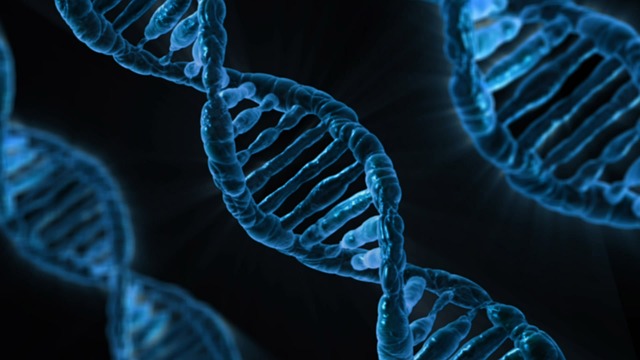On 7 October 2015, the High Court of Australia unanimously allowed an appeal from a decision of the Full Court of the Federal Court of Australia concerning the issue of whether an isolated nucleic acid, coding for a BRCA1 protein, with specific variations from the norm that are indicative of susceptibility to breast cancer and ovarian cancer, was a “patentable invention” within the meaning of s 18(1)(a) of the Patents Act 1990 (Cth) (‘the Patents Act’). The High Court held that it was not.
Background
In the early 1990s Myriad Genetics Inc, in collaboration with the University of Utah, the National Institute for Environment Health Sciences, McGill University and Eli Lilly, announced that they had sequenced the Breast Cancer 1 (BRCA1) gene, which was associated with familial breast and ovarian cancer.
In a subsequent US patent, Myriad Genetics Inc, claimed the isolated BRCA1 gene, protein, associated mutations and the use of the sequence in diagnostics. The US patent was granted, and, through international patent filing, the firm also received Australian patent 686004.
The US patent was subsequently challenged, and on June 13, 2013, in Association for Molecular Pathology v Myriad Genetics (No. 12-398), the US Supreme Court unanimously ruled that ‘a naturally occurring DNA segment is a product of nature and not patent eligible merely because it has been isolated’.
Similarly, patent 686004 was challenged in an Australian suit taken in the Federal Court of Australia, by Ms Yvonne D’Arcy (who was joined with Cancer Voices Australia).
D’Arcy argued that the ‘invention’ did not meet the requirements of section 18(1)(a) of the Patents Act which requires that, for an invention to be patentable, it must be “a manner of manufacture” within the meaning of s 6 of the Statute of Monopolies. It was argued that the discovery was a ‘discovery of the laws of nature’ and thereby failed to satisfy the ‘manner of manufacture’ test. The primary judge dismissed D’Arcy’s challenge, holding that the invention fell within the concept of a “manner of manufacture”. An appeal to the Full Federal Court failed, it being held that an isolated nucleic acid was chemically, structurally and functionally different from a nucleic acid inside a human cell, and that the invention was a manner of manufacture because an isolated nucleic acid resulted in an artificially created state of affairs for economic benefit.
By grant of special leave, D’Arcy appealed to the High Court.
Judgment
The High Court Chief Justice French and Justices Kiefel, Bell and Keane, unanimously allowed the appeal, holding that the invention claimed did not fall within the concept of a manner of manufacture.
It stated:
Despite the formulation of the claimed invention as a class of product, its substance is information embodied in arrangements of nucleotides. The information is not “made” by human action. It is discerned. That feature of the claims raises a question about how they fit within the concept of a “manner of manufacture”. As appears from s 6 of the Statute of Monopolies, an invention is something which involves “making”. It must reside in something. It may be a product. It may be a process. It may be an outcome which can be characterised, in the language of NRDC, as an “artificially created state of affairs”. Whatever it is, it must be something brought about by human action . The requirement, in each claim, that the sequence in the isolate bear specified mutations or polymorphisms raises the same problem in a particular way. Satisfaction of that integer depends upon a characteristic of the human being from whom the nucleic acid is isolated, a characteristic which is not shared by all human beings. It has nothing to do with the person who isolates the nucleic acid bearing the mutant sequence.
The Court therefore held that, having regard to the relevant factors, an isolated nucleic acid, coding for the BRCA1 protein, with specified variations, is not a manner of manufacture. While the invention claimed might be, in a formal sense, a product of human action, it was the existence of the information stored in the relevant sequences that was an essential element of the invention as claimed. The Court considered that to attribute patentability to the invention as claimed would involve an extension of the concept of a manner of manufacture which was not appropriate for judicial determination.
Myriad submitted that such a result would put Australia out of step with some of its trading partners including the European Union and the United States of America. However, the Court saw that this was no basis to extend s 18(1) of the Patents Act, and that issue, if it is to be addressed, is a matter for the legislature.
Links to jugdments:
Federal Court of Australia Full Court Appeal FCAFC [2014]
Trial Judgment FCA [2013] FCA 65


Leave A Comment